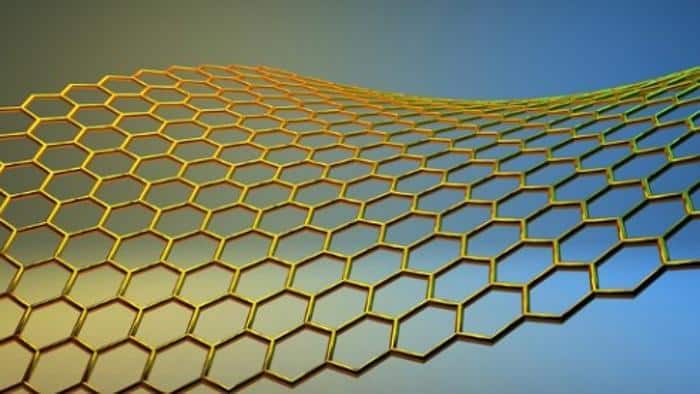Research is increasingly looking at creating sources bright powerful but environmentally friendly, which are able to ensure high performance with a long life. Here the researchers from Columbia University in New York created the smallest bulb in the world, strong and powerful but as big as an atom. The secret of creation must be sought in the presence of graphene, a flexible and transparent material that was used as the basis for the light source.
Graphene is a material that is impossible to see with the naked eye, as it is completely transparent, but which has the ability to reach very high temperatures without melting its composition and heating up to become a poor heat conductor. These organoleptic characteristics made it possible to overcome the classic problems of inserting current into the chips, as the supports overheated and burned, rendering the work in vain. Graphene, on the other hand, can be heated but it does not burst and at the same time it carries very little heat even in this state.
Thanks to this characteristic, much less energy is needed to reach the temperatures that allow light to become visible and the efficiency of the material is revealed in the possibility of generate atomically subtle light, but clear and visible to the naked eye. New frontiers of lighting? Probably yes, as the discovery that follows the research opens up a thousand universes in the world of energy and above all in the creation of increasingly refined, economical and environmentally friendly systems.


